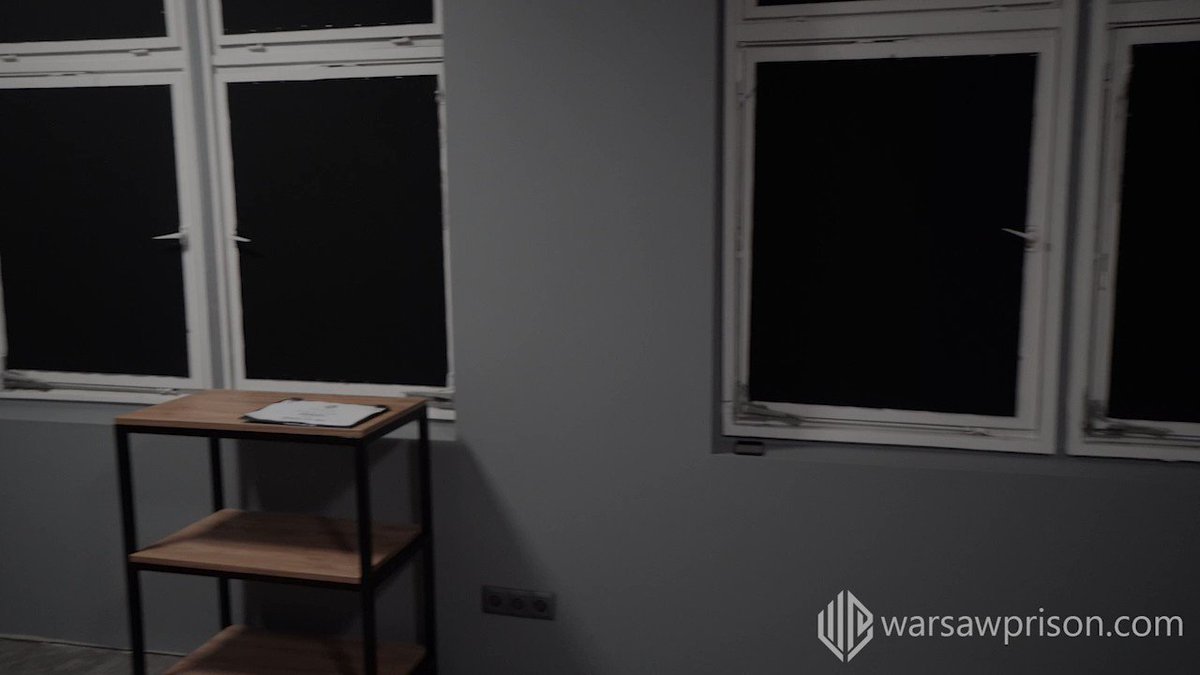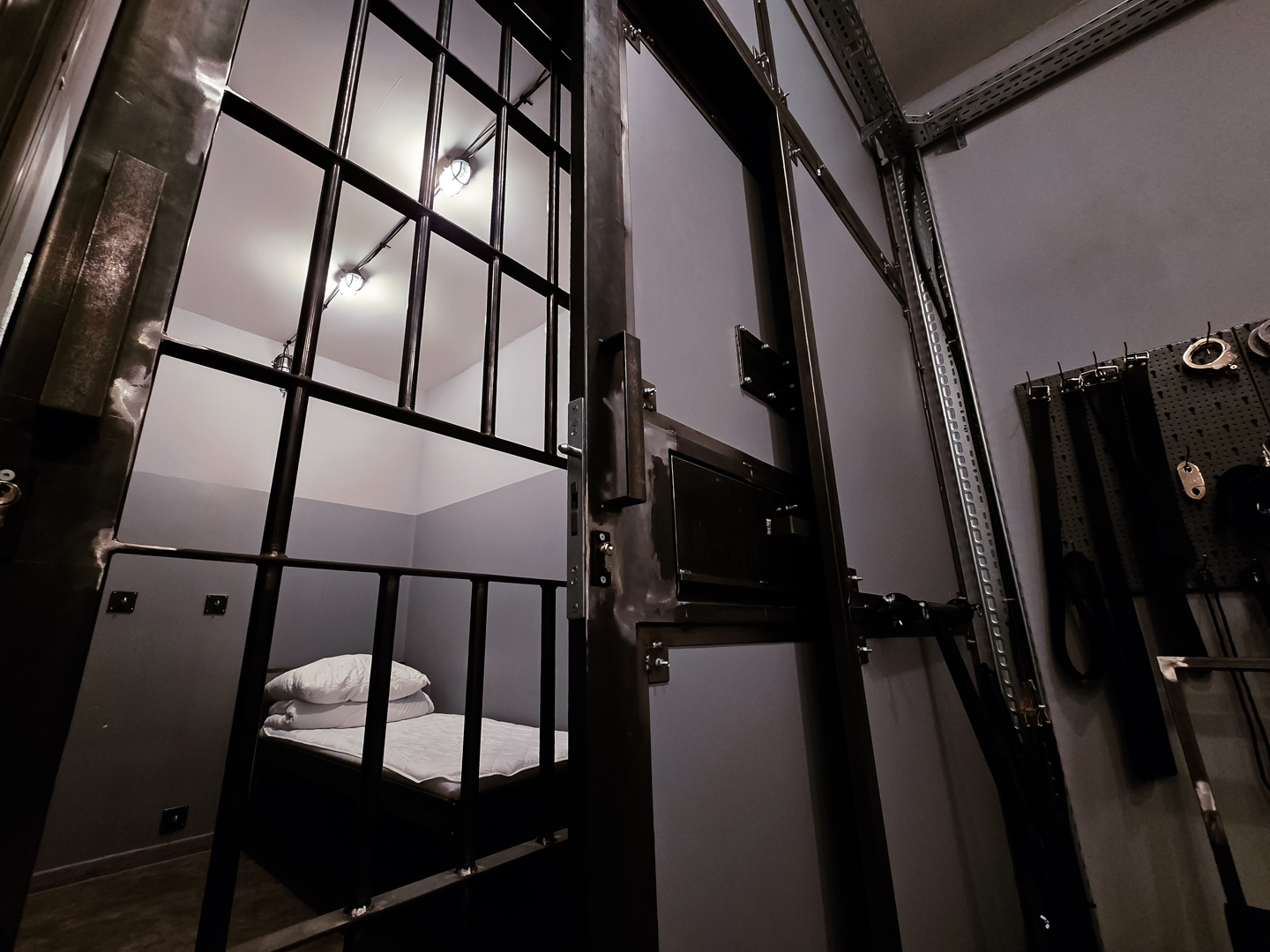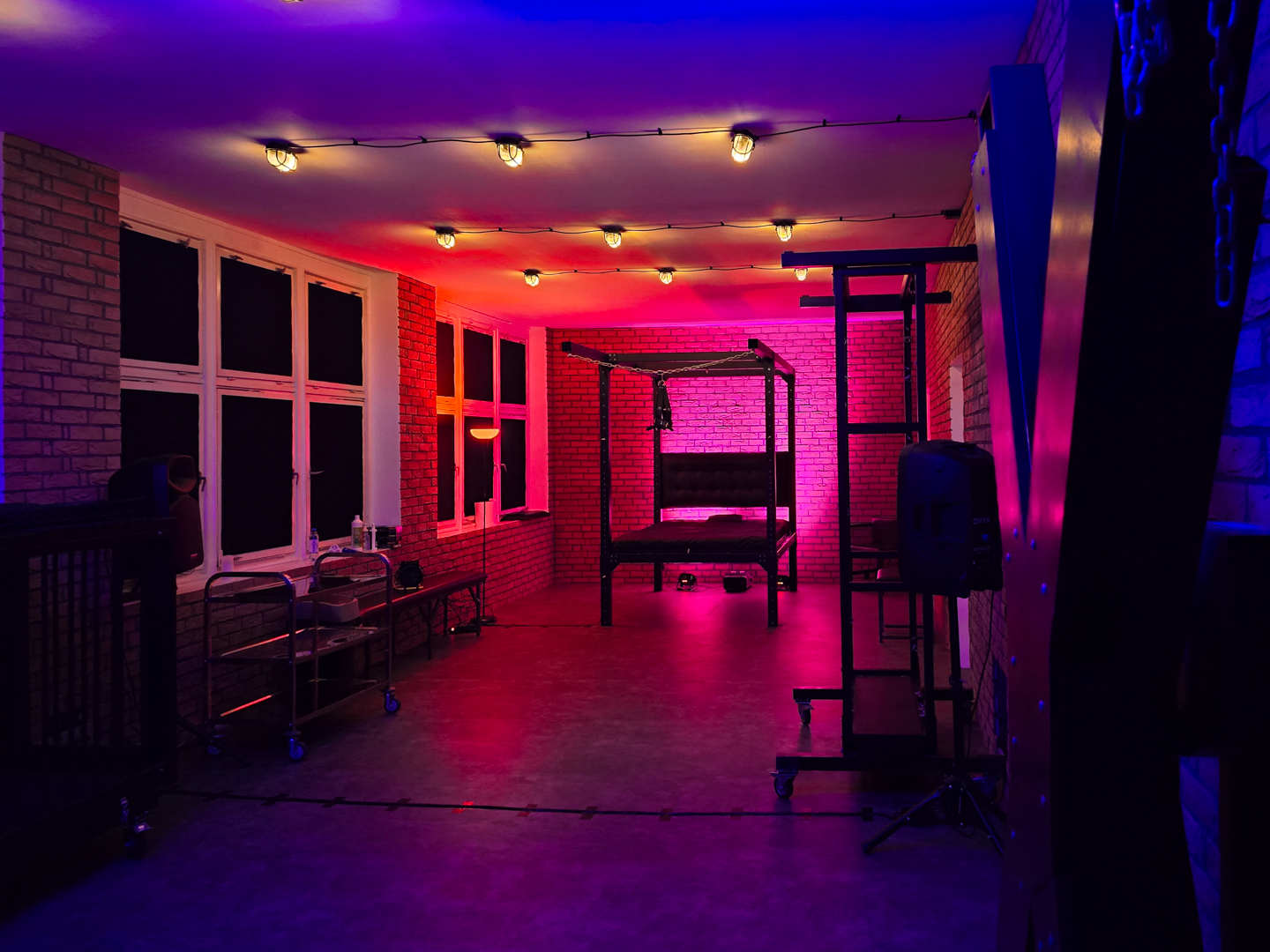Warsaw Prison has long been a symbol of Poland's complex history and resilience. As one of the most significant historical landmarks in Warsaw, it tells the story of oppression, resistance, and triumph. This article delves into the fascinating history and cultural significance of Warsaw Prison, offering a detailed look at its role in shaping modern Poland.
Warsaw Prison is not just a building; it is a testament to the struggles and triumphs of the Polish people. Over the years, this institution has witnessed pivotal moments that have shaped the nation's identity. From its early days as a detention facility to its transformation into a symbol of hope, Warsaw Prison continues to captivate historians and visitors alike.
In this article, we will explore the history, architecture, and cultural significance of Warsaw Prison. By examining its past and present, we aim to provide a comprehensive understanding of its role in Poland's history. Whether you are a history enthusiast or simply curious about this iconic landmark, this article will offer valuable insights.
Read also:Brock Purdys Super Bowl Outfit The Story Behind The Hype
Table of Contents
- The History of Warsaw Prison
- Architectural Design and Features
- Famous Inmates and Their Stories
- Warsaw Prison During Wartime
- Cultural Impact and Legacy
- Warsaw Prison in Modern-Day Poland
- Warsaw Prison as a Tourist Attraction
- Controversies Surrounding Warsaw Prison
- Reforms and Changes in the Prison System
- The Future of Warsaw Prison
The History of Warsaw Prison
Warsaw Prison dates back to the early 19th century, a time when Poland was under foreign occupation. Established in 1830, it quickly became a central institution for detaining political prisoners and criminals. During its early years, the prison was notorious for its harsh conditions and strict discipline.
In the late 19th century, Warsaw Prison underwent several renovations to accommodate the growing number of inmates. These changes reflected the evolving needs of the penal system and the increasing complexity of criminal justice in Poland. By the early 20th century, the prison had become a focal point for political dissent and activism.
Historical Context of Warsaw Prison
The history of Warsaw Prison is deeply intertwined with Poland's struggle for independence. During the partitions of Poland, the prison was used as a tool of oppression by foreign powers. Many prominent Polish patriots and intellectuals were detained here, further cementing its place in the nation's history.
- Established in 1830 under foreign occupation
- Used as a detention center for political prisoners
- Renovated multiple times to meet changing demands
Architectural Design and Features
The architectural design of Warsaw Prison reflects the era in which it was built. Designed by renowned architect Jan Zawisza, the prison features a classical style with elements of Gothic influence. Its imposing structure and intricate details make it a striking example of 19th-century prison architecture.
Key features of the prison include:
- High walls with watchtowers for security
- Cell blocks arranged in a radial pattern
- Central administration building for oversight
Architectural Significance
Warsaw Prison's design was revolutionary for its time, incorporating advanced security measures and innovative architectural techniques. The radial layout of the cell blocks allowed for better surveillance and control, making it a model for other prisons in Europe.
Read also:Embracing The Beauty Of Longdistance Love Romantic Distance And Sweet Goodnight Messages
Famous Inmates and Their Stories
Throughout its history, Warsaw Prison has housed many famous inmates whose stories have shaped Poland's cultural and political landscape. These individuals include poets, activists, and political leaders who fought for the country's independence and freedom.
Some notable inmates include:
- Adam Mickiewicz – Renowned Polish poet and playwright
- Władysław Reymont – Nobel Prize-winning author
- Józef Piłsudski – Polish statesman and military leader
Warsaw Prison During Wartime
Warsaw Prison played a significant role during both World Wars. In World War I, it was used to detain soldiers and civilians accused of espionage. During World War II, the prison became a symbol of resistance against Nazi occupation, housing many members of the Polish Underground State.
Impact of Wartime on Prison Operations
The wartime period brought significant changes to the operations of Warsaw Prison. Increased security measures and overcrowding were common issues during this time. Despite these challenges, the prison continued to serve as a center for political dissent and activism.
Cultural Impact and Legacy
The cultural impact of Warsaw Prison extends beyond its role as a detention facility. It has inspired numerous works of literature, art, and film, capturing the imagination of generations. The prison's legacy as a symbol of resilience and resistance continues to resonate with people around the world.
Key cultural contributions include:
- Literary works inspired by inmates' experiences
- Artistic representations of prison life
- Films and documentaries exploring its history
Warsaw Prison in Modern-Day Poland
In modern-day Poland, Warsaw Prison serves as both a historical landmark and an active correctional facility. Efforts to preserve its historical significance while addressing contemporary needs have led to various initiatives aimed at improving conditions for inmates and staff.
Current Initiatives and Reforms
Recent reforms have focused on improving rehabilitation programs and reducing recidivism rates. These efforts reflect a growing recognition of the importance of restorative justice in the penal system. By combining historical preservation with modern reforms, Warsaw Prison continues to evolve as an institution.
Warsaw Prison as a Tourist Attraction
Warsaw Prison has become a popular tourist attraction, drawing visitors from around the globe. Guided tours offer insights into its history and significance, providing a unique perspective on Poland's past. The prison museum, established in 2005, showcases artifacts and exhibits that tell the stories of its famous inmates and their contributions to Polish history.
Tourist Information
For those interested in visiting Warsaw Prison, the following information may be helpful:
- Guided tours available daily
- Museum exhibits open year-round
- Educational programs for students and researchers
Controversies Surrounding Warsaw Prison
Like many historical landmarks, Warsaw Prison has been the subject of controversy over the years. Issues related to human rights, prison conditions, and historical interpretation have sparked debates among scholars and the public. Addressing these concerns requires a balanced approach that respects both historical accuracy and contemporary values.
Key Controversies
Some of the most significant controversies include:
- Human rights violations during certain periods
- Disagreements over historical interpretation
- Efforts to balance preservation with modernization
Reforms and Changes in the Prison System
Over the years, significant reforms have been implemented in the Polish prison system, with Warsaw Prison serving as a model for change. These reforms focus on improving conditions for inmates, enhancing rehabilitation programs, and promoting restorative justice. By adopting innovative approaches, the prison system aims to address the root causes of crime and reduce recidivism rates.
Recent Developments
Recent developments in the prison system include:
- Introduction of new rehabilitation programs
- Increased emphasis on education and vocational training
- Partnerships with community organizations for support
The Future of Warsaw Prison
The future of Warsaw Prison looks promising, with ongoing efforts to preserve its historical significance while addressing modern challenges. As a symbol of Poland's resilience and determination, the prison will continue to play a vital role in shaping the nation's identity. By balancing historical preservation with contemporary needs, Warsaw Prison can serve as a model for other institutions worldwide.
Vision for the Future
Key goals for the future include:
- Enhancing educational programs for inmates
- Expanding museum exhibits and tourist offerings
- Continuing reforms to improve prison conditions
Conclusion
Warsaw Prison stands as a testament to Poland's complex history and enduring spirit. From its early days as a detention facility to its current role as a historical landmark, the prison has played a pivotal role in shaping the nation's identity. By exploring its history, architecture, and cultural significance, we gain a deeper understanding of its importance in Polish society.
We invite you to share your thoughts and experiences in the comments below. For more insights into Poland's rich history and culture, explore our other articles on this fascinating topic. Together, we can continue to learn and grow from the lessons of the past.
Data and references for this article are drawn from reputable sources, including the Polish National Archives, academic journals, and historical publications. For further reading, we recommend consulting these resources to deepen your understanding of Warsaw Prison and its place in history.


